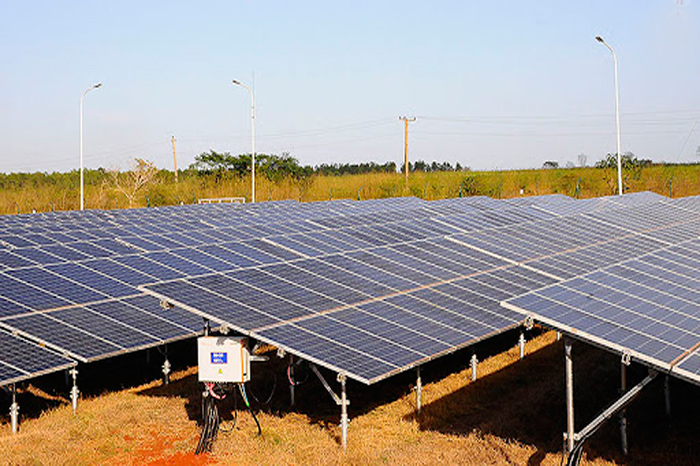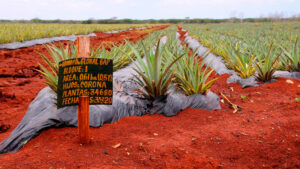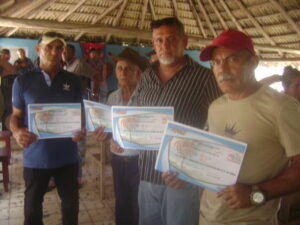The National Electric System (SEN) received more than 16 thousand megawatts/hour (MW/h) from the three solar parks operating in Ciego de Avila during 2023, a contribution that, although still insufficient, is clean and pollution-free, since it represents more than 13 thousand tons of carbon dioxide that are no longer emitted into the atmosphere.
The delivery of these three photovoltaic generating centers to the SEN totaled 16,372.35 MW/h, which also translates into 4,256.79 tons of fuel that were not used for this purpose.
Mario Toledo Carrasco, director of the Renewable Energy Sources Base Business Unit belonging to Empresa Eléctrica Ciego de Ávila, explained to the Cuban News Agency that the parks were at full capacity of their installed power during 2023.
He pointed out that the generation plans are not higher every year, but rather they go down, because the parks depreciate a little more than one percent in 12 months since they are designed for a quarter of a century of operation, hence they comply with all the measures foreseen so that they are not affected by the technical part.
The commissioning of the first one began in August 2017, the second one in March 2018 and the third one in January 2019, and between them they add an installed power of 11.6 megawatts, a figure that will grow after March, because a fourth site is already being set up in the municipality of Morón with four more megawatts, and another one of 20 is planned in the capital city from the coming months, said Toledo Carrasco.
Carlos Arencibia Fernández, director of the Provincial Load Dispatch in Ciego de Avila, added that the SEN also benefited in 2023 with 46,752.1 MW/h from other renewable sources, such as the Small Hydroelectric Power Plant in Florencia and the Bioelectric Power Plant, built in areas near the Ciro Redondo power plant.
This contribution could have been much greater, but the Bioelectric plant did not start up; it is expected to be incorporated in this harvest, added Arencibia Fernández.
The international project Energy for All, which promotes energy resilience through the use of renewable energy sources, allowed the installation of solar panels in 167 houses located in rural communities in northern Avileña, which were affected by Hurricane Irma in 2017.
One of the most advanced renewable sources in Cuba is photovoltaic solar energy, and in the territory of Ciego de Avila it also favors hotel establishments, children’s circles and public buildings.




